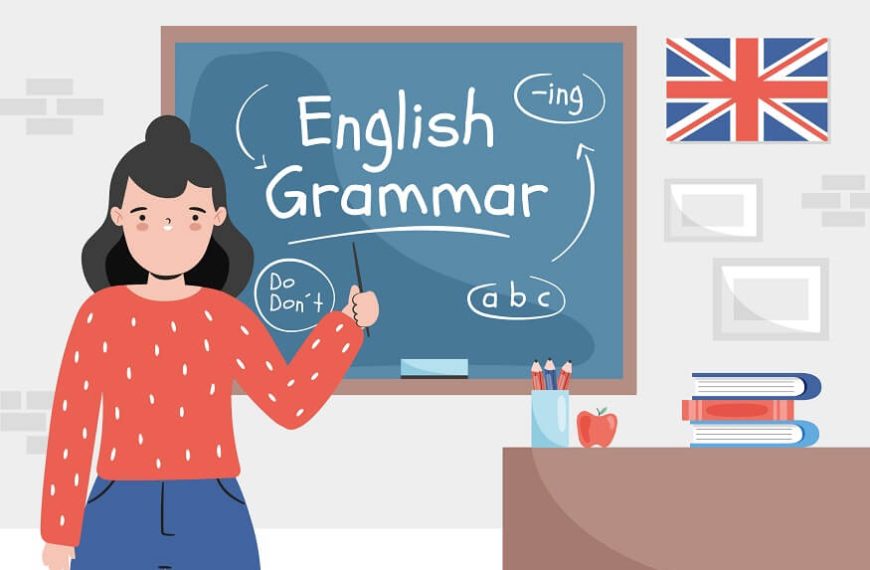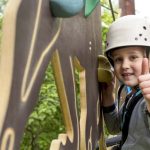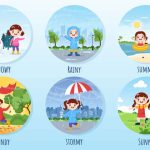Big, Bigger, Biggest” is a concept designed to introduce preschoolers to the concept of size and comparison playfully and engagingly. This concept helps children develop a basic understanding of relative sizes, laying the foundation for more complex mathematical concepts later on.
What is different between big bigger biggest?
“Big, Bigger, Biggest” is a concept of size comparison. “Big” indicates a significant size, “Bigger” denotes a size surpassing big, and “Biggest” represents the largest size in comparison. This approach guides preschoolers in comprehending and articulating the concept of comparing sizes in a straightforward and impactful manner.
How to Implement big bigger biggest concept in preschoolers:
Here are some important key points to implement big bigger biggest concept in preschooler kids.
- Hands-On Activities:
- Visual Aids:
- Storytelling:
- Outdoor Exploration:
- Art and Craft:
- Group Games:
- Role-Playing:
- Building Structures:
- Size-themed Games:
- Dramatic Play Centres:
- Size-themed Songs and Rhymes:
- Family Involvement:
Use hands-on activities to promote a concrete understanding of size. For example, you can introduce a variety of objects such as building blocks, toys, or containers of different sizes. Allow children to manipulate and explore these objects, sorting them based on size. This tactile experience helps them grasp the concept tangibly.
Example: Set up a “Size Sorting” station with various objects like small, medium, and large balls, blocks, and toys. Encourage children to categorize and arrange the items according to size. This activity not only reinforces the concept but also enhances fine motor skills.
Incorporate visual aids, such as posters or charts, to reinforce the concept visually. Create simple graphics or use images representing big bigger biggest to provide a quick reference for children during activities and discussions.
Example: Here is the easy big bigger biggest example for kids to understand better. Hang a colourful chart in the classroom depicting a series of objects in increasing size order, from small to large. During circle time, use the chart to facilitate discussions about size, encouraging children to point to, and describe the objects.
Integrate the concept into storytelling to make it more relatable and enjoyable. Craft simple narratives where characters encounter objects of different sizes, emphasizing the words big, bigger, and biggest. This not only reinforces vocabulary but also connects the concept to real-world scenarios.
Example: Tell a story about a friendly animal exploring a forest. Along the way, the animal encounters big trees, bigger rocks, and the biggest flowers. One of the useful big bigger biggest example is storytelling. Pause during the story to discuss the sizes of the objects and encourage children to use the size-related vocabulary.
Take advantage of outdoor spaces to provide a natural setting for implementing big bigger biggest concept in kids. Children can compare the sizes of trees, rocks, or even play equipment, connecting the concept to the world around them.
Example: During outdoor playtime, organize a nature walk where children can explore objects in the environment. Ask them to find and point out big leaves, bigger stones, and the biggest flower they see. This activity combines physical activity with size exploration.
Integrate art and craft activities that involve creating objects of different sizes. This not only reinforces the concept visually but also enhances creativity and fine motor skills.
Example: Provide materials such as colored paper, glue, and scissors for a collage activity. Ask children to create a collage with objects of different sizes, reinforcing the concept of big, bigger, and biggest through their artwork.
Incorporate group games that involve movement and interaction. Games provide a playful way for children to internalize the concept while fostering social skills.
Example: Organize a “Size Relay” where children pass objects of increasing size down a line. Each child must say whether the object they receive is big, bigger, or the biggest before passing it along. This game combines physical activity with size recognition.
Encourage role-playing activities where children can act out scenarios involving big, bigger, and biggest objects. This not only reinforces the concept but also enhances imaginative play.
Example: Set up a pretend play area with different-sized props, such as big and small boxes, stuffed animals, or play food. Children can engage in imaginative play, using size-related vocabulary as they interact with the props.
Encourage construction and building activities using building blocks or other materials. This hands-on approach allows children to explore size relationships while developing spatial awareness.
Example: Provide a variety of building materials and ask children to build structures with big, bigger, and biggest components. Discuss their creations and the size relationships within them.
Incorporate games that involve size comparisons. This adds an element of fun and friendly competition to the learning process.
Example: Play a game where children take turns throwing a softball into containers of different sizes. Assign point values based on the size of the container, reinforcing the concept of big, bigger, and biggest.
Set up dramatic play centers with props representing different sizes. This allows children to engage in imaginative play while reinforcing the vocabulary associated with size.
Example: Create a “Big, Bigger, Biggest Bakery” dramatic play center with oversized utensils, pots, and pans. Encourage children to use the props while engaging in pretend play.
Integrate music into the learning experience by incorporating size-themed songs and rhymes. This multisensory approach helps reinforce the vocabulary associated with big, bigger, and biggest.
Example: Sing a simple song about big, bigger, and biggest using hand motions or props to represent each size category. Encourage children to participate in the singing and movement.
Extend the learning experience beyond the classroom by involving families. Provide parents with information about the concept of big, bigger, and biggest and suggest activities that can be done at home.
Example: Send home a size-themed activity kit with instructions for a family scavenger hunt or a collaborative art project. Encourage parents to share their experiences and observations with the class.
At EuroKids, we understand that the “Big Bigger Biggest” concept is about more than just size, it is about creating the foundation for a child’s future success. EuroKids considers providing an interesting and stimulating educational experience for preschoolers by incorporating this concept into their curriculum, ensuring that they not only understand fundamental concepts but also develop the abilities and enthusiasm required for a lifelong love of learning.
















